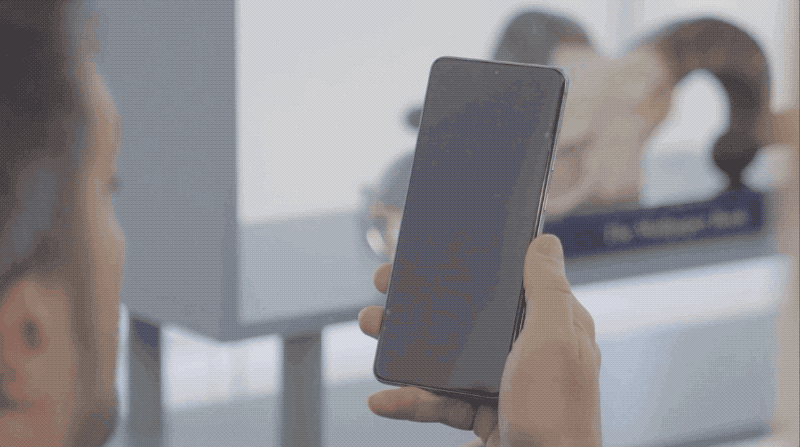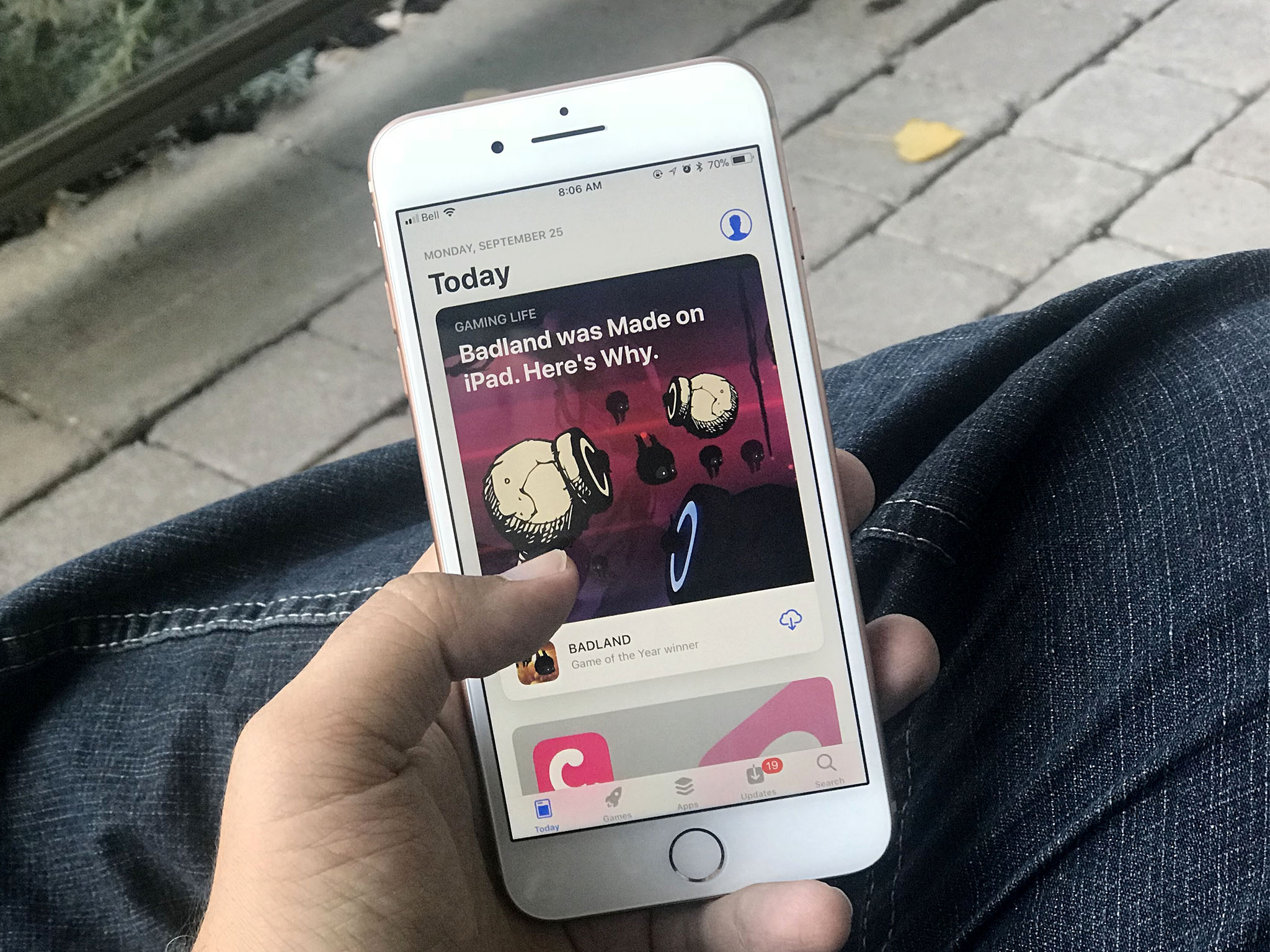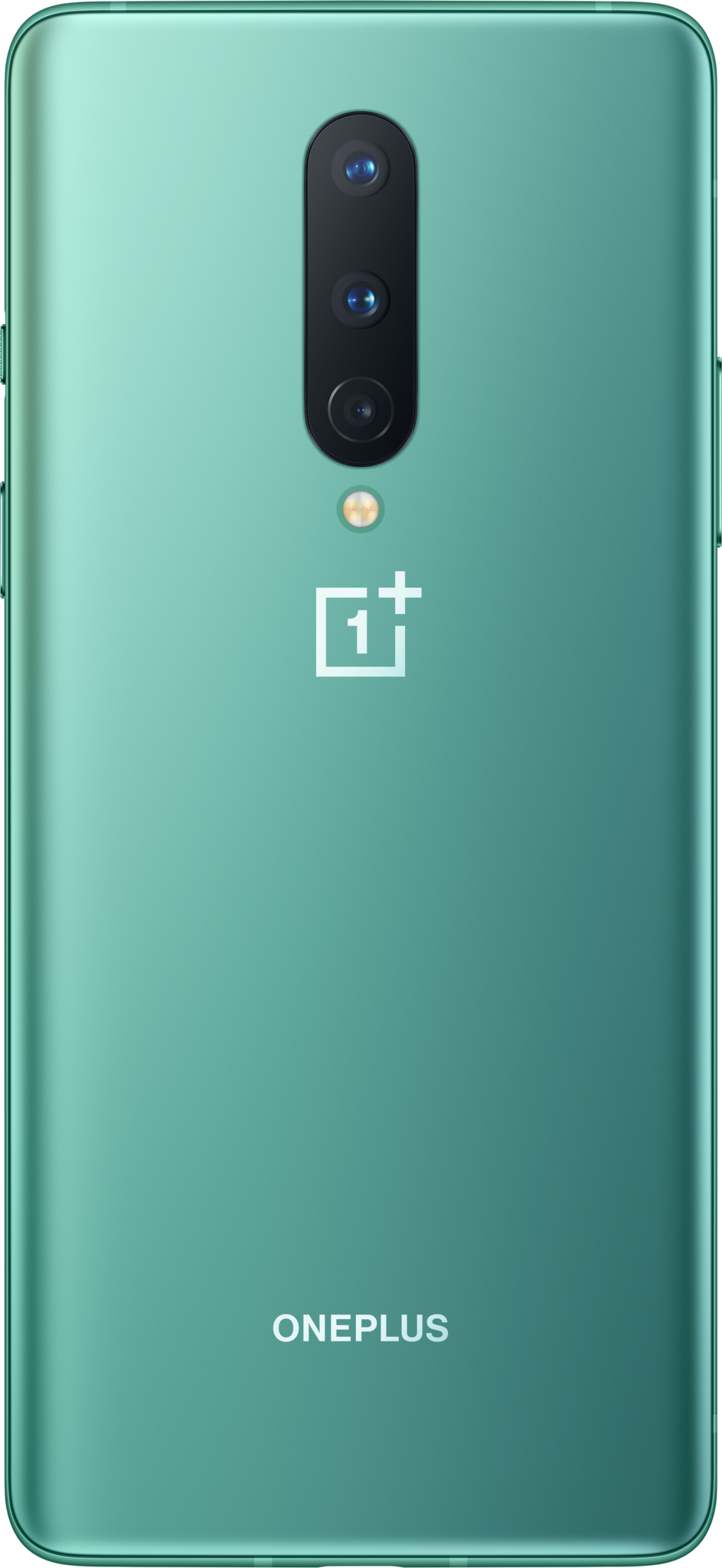No, YOU'RE holding it wrong.
This topic has been a bee in my bonnet and a burr in my saddle for some time now, and since rear fingerprint sensors seem to be going the way of the polar ice caps (too soon?), I figured now was a safe enough time to stick my neck out on the subject.
I'm just going to come right out and say it: I hate rear fingerprint sensors. Ok, that may be a little bit of a strong statement, but I certainly don't have any love for them. I understand why they have existed, of course. They have allowed Android phones to continue to expand their beautiful screens and shrink their unattractive bezels. They have matured to become faster than other access methods, and don't consist of any expensive tech or moving parts to potentially break or get in the way of a smooth smartphone experience. And yet, they just don't do it for me.
Why am I this way?

Before you start yelling at me in the comments and telling me how very wrong I am (I've already heard it from my colleagues), allow me to take a minute to explain why I feel this way.
The simple fact is: I'm not who you may think I am. Sure, I've written for Android Central for a year, and I love my Android and Chrome OS devices as much as the next Google Stan, but I also have used an iPhone regularly for over 10 years and developed specific habits with how I hold and operate my devices.
You see, during my formative smartphone years, I became accustomed to holding my phone a certain way. I would rest it on my load-bearing pinky, open it using my thumb on the bottom home button, and navigate the screen with that same thumb, on that same hand. This was true for the first Android phones I used, too, whether they were Samsung Galaxys devices, OnePlus phones, or Motorola handsets.
By the time rear fingerprint sensors became the norm, I'd moved on to phones with face scanning technology like the iPhone X series, Galaxy phones, and even the Pixel 4. I also regularly used phones with decent to good in-display fingerprint sensors like the S10, S20, and Note 10 series, or OnePlus phones since the 6T. I even used (and much preferred) phones with side-mounted capacitive sensors, like some of the Sony Xperia phones, the Nexbit Robin (remember that one?), and the Galaxy S10e (still low-key the best value from that line).

All that to say that the rear fingerprint lifestyle largely passed me by. When I do use a phone with one of these sensors (like my Galaxy Note 9), I constantly have to retrain my brain to hold the phone a different way than I'm used to, and then shimmy it back to the way I prefer. Sometimes I just say f%&k it and type in my passcode.
Rear fingerprint sensors just aren't comfortable to me.
For me, it all boils down to how comfortable I feel holding and using my smartphone. I like to open it quickly (be that with a front-facing sensor, in-display sensor, or face unlock), and get to using it without changing the position of my hand. I've never been a two-handed phone user, and I like to navigate the screen (and type) primarily with my right thumb. When I have a phone with a rear-mounted sensor, I have to first hold the phone in a manner suitable for unlocking it, and then adjust my grip again to get it back to the way I feel comfortable using it. It's a disconnect that is annoying, unnatural, and potentially dangerous for me. I can't tell you how many times I've dropped my Note 9 just because I was trying to unlock it and get it back into prime position, one-handed.
Why I may be wrong
I admit that I'm probably in the minority with this opinion. I might even be the only one who writes for or reads this website who feels this way.
When I asked the AC team for help in coming up with a catchy headline for this article, more than one colleague laughed off my idea. Several of them had already written excellent counterarguments, in fact. Joe Maring wrote a fantastic editorial last year about his hatred for in-screen fingerprint sensors, and Hayato Huseman had another great opinion piece on why he loved and missed rear fingerprint sensors.
I know that many Android users feel that the back of the phone is the ideal place for a fingerprint sensor because they say it's a natural place for their index finger to rest when pulling a phone out of their pocket. Another argument in favor of the fingerprint sensor that Hayato praises is the ability to control on-screen navigation through gestures like swiping down to reveal the notification shade.
I can see the validity of these opinions, but they never carried much weight for me. Sure, it can be faster to unlock your phone while pulling it out of your pocket (how much of a hurry are you in, my guy?), but a phone with good facial scanning like the Pixel 4 is even better, in my opinion. And even I can see how the functionality of using the fingerprint scanner as a navigation aide is a cool and useful feature. However, in my experience, in order to act on that UI, you need to use your other hand or shimmy the phone back to a more usable one-handed position.
My teammates at AC think I'm nuts. What do you think?
Ok, so you know how I feel about this topic. Is there anyone else out there in the Android world that feels the way I do about rear fingerprint sensors, or am I the odd person out? Let me know in the comments below!
Thumbs up
OnePlus 8
Great hardware, excellent software
The OnePlus 8 has a lot going for it on the hardware front — including a Snapdragon 865 chipset and 90Hz display — but it is the software where it wins out. It also sports one of the fastest, most consistently reliable in-display fingerprint sensors around.
from Android Central - Android Forums, News, Reviews, Help and Android Wallpapers https://ift.tt/2VuQlFf
via IFTTT




No comments:
Post a Comment